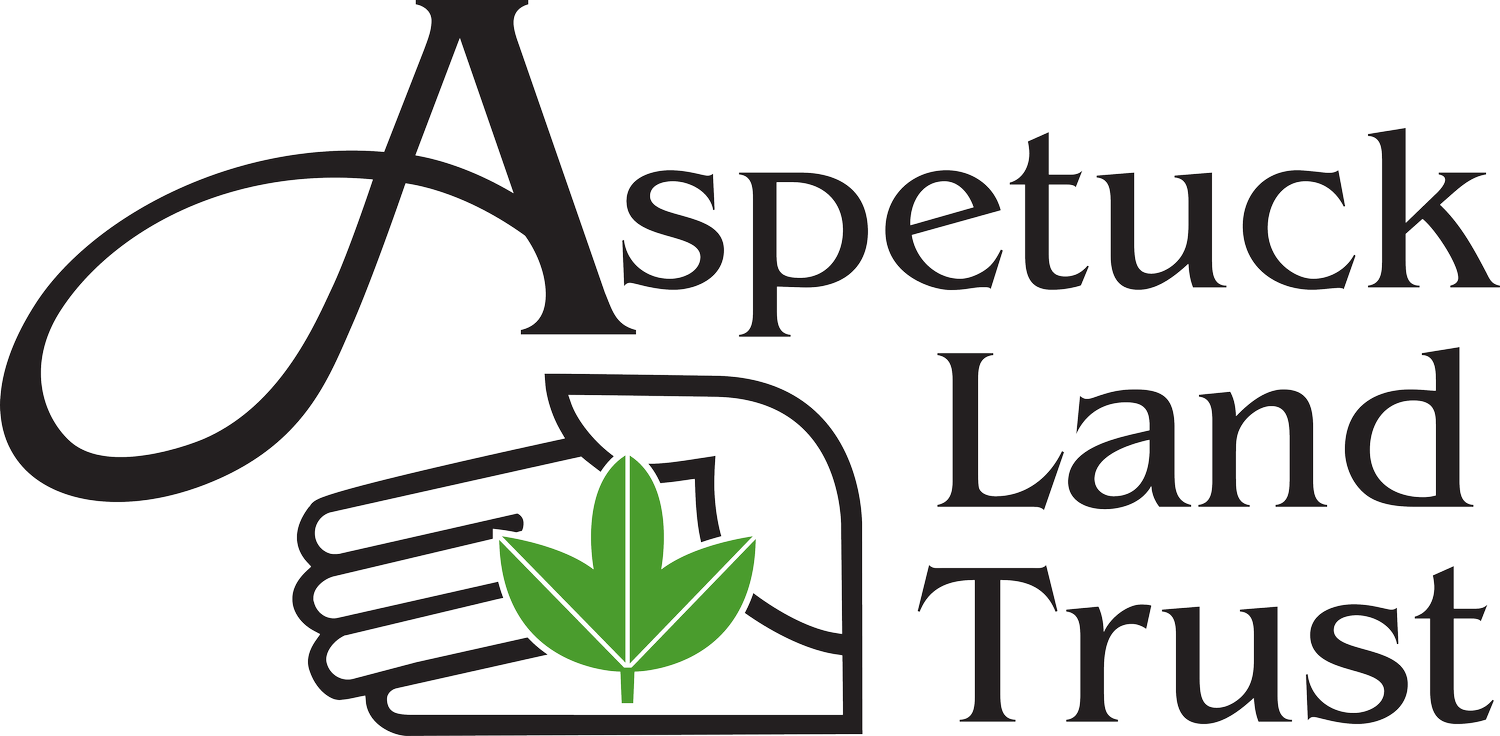Restoring Local Habitats
CONSERVING LOCAL HABITATS
Our local habitats are under stress from development and climate change. Aspetuck Land Trust is working hard to increase the resiliency of our local open spaces. Aspetuck Land Trust members care about wildlife and their local environment. Our habitat improvement projects are more important now than ever and your support makes a difference for local wildlife!
Trout Brook Valley Conservation Area, Easton/Weston
Early Successional Habitat Project
We began our first project at marker # 1 on the white trail, near the fish ladder at Hawley’s Brook. We are cutting trees and removing invasives to expand the meadow to create 7 acres of early successional habitat which will benefit birds, small mammals, pollinating insects and Eastern box turtles which use the surrounding fields to lay their eggs. Early successional habitats are a big concern to us at Aspetuck Land Trust because Connecticut has lost many of these areas to forest succession, development and other changes in land use. Think about all the old farmland in the Connecticut landscape that grew into mature forest. As this happens, fields, orchards and young forest are lost along with the wildlife that depend on this type of habitat.
Land Trust executive director David Brant (left) and habitat manager Lou Bacchiochi creating early-successionalhabitat in Trout Brook Valley at marker #1 on the white trail.
What is an early successional habitat?
Early successional habitats are areas of vigorously growing grasses, shrubs and trees which provide food and cover for wildlife but need disturbance to be maintained. These habitats include weedy areas, grasslands, old fields or pastures, shrub thickets, and young forest. If these habitats are not mowed, brush hogged, burned, cut, grazed or disturbed in some other fashion they will eventually become forest over time. Grasslands will revert to old fields. Old fields will eventually grow into young forest. Young forest will grow into mature forest. This process is referred to as succession. We call grasslands, old fields, and young forests early-successional habitats.
Butkus Pond, Fairfield
Restoring a local fishing pond
With technical support from theCT DEEP Inland Fisheries Division we introduced Grass Carp at our 4 acre Butkus Pond Preserve in Fairfield off Stillson Road. The Carp will control, or eat, the excessive vegetation growth in this great little “catch-and-release” fishing pondfor local kids.
Rowledge Pond Aquaculture staff releasing Grass Carp in to the pond which is overgrown with vegetation
Grass Carp are sterilized so they can’t reproduce and cause an imbalance in the pond’s fish population.



